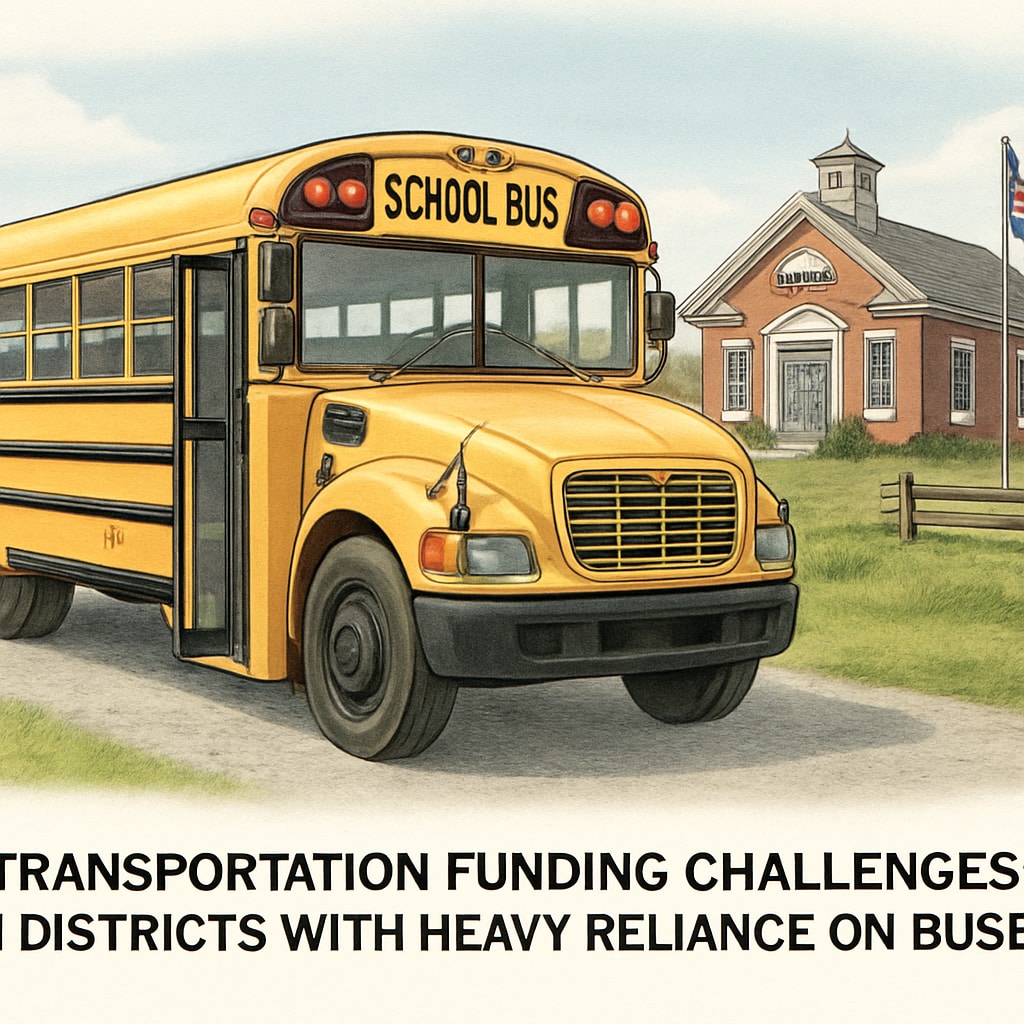School funding is a critical issue, and understanding how resources are allocated is essential for evaluating the effectiveness of education systems. One key metric often used is the “per-student expenditure,” which represents the average amount of money spent per student in a school or district. However, through specific funding flows and accounting practices, schools may unintentionally—or even deliberately—distort this figure. For example, transportation systems like school buses can create statistical anomalies in state funding reports, leading to misconceptions about the allocation of resources. This article delves into the intricacies of school funding, per-student expenditure, and school budget mechanisms, highlighting the need for a more transparent regulatory framework.
How Funding Flows Can Skew Per-Student Expenditure
Per-student expenditure is calculated by dividing the total budget of a school or district by the number of enrolled students. While this metric serves as a useful benchmark for comparing resources across regions, it is far from flawless. Some districts use external funding streams, such as state or federal grants, to bolster their reported budgets. This can lead to inflated statistics that misrepresent the actual resources directly benefiting students.
One common area where funding discrepancies arise is in transportation. State governments often provide additional funds to districts for operational costs, including school bus systems. However, these funds may not always be directly tied to instructional costs or classroom resources but are still included in the calculation of per-student expenditure. As a result, districts with extensive transportation networks may report higher expenditures per student compared to those with fewer logistical demands, skewing comparisons.

The Role of State Funding Mechanisms in Budget Distortions
State funding formulas often play a critical role in determining how resources are allocated across districts. These formulas typically account for factors such as student population, socioeconomic demographics, and geographic considerations. However, they can also introduce distortions. For example, funding earmarked for specific purposes—like special education or transportation—may not directly translate into classroom improvements but still inflate the overall per-student expenditure figure.
Consider a district that receives significant state funding for its school bus system due to its large geographic area. While this funding is necessary to ensure students can access education, it may contribute disproportionately to the district’s reported per-student expenditure, even if classroom resources remain underfunded. This creates a misleading picture of how effectively the district is utilizing its budget.

Why Transparency in Education Budgeting Matters
The lack of transparency in education budgeting has far-reaching implications. When per-student expenditure figures are inflated or misrepresented, policymakers and stakeholders may draw incorrect conclusions about funding adequacy. For example, a district with high reported expenditures may appear well-funded, even if a significant portion of its budget is allocated to non-instructional costs.
To address these issues, several measures can be taken:
- **Standardized Reporting**: Implementing uniform guidelines for reporting per-student expenditure can reduce inconsistencies across districts.
- **Detailed Budget Categories**: Breaking down expenditures into instructional and non-instructional categories can provide a clearer picture of resource allocation.
- **Independent Audits**: Regular audits by third-party organizations can ensure that funding is being utilized effectively and transparently.
In addition, policymakers must consider revising state funding formulas to prioritize classroom resources and student outcomes over operational costs.
Conclusion: Rethinking School Funding Metrics
Understanding school funding, per-student expenditure, and budget mechanisms is vital for ensuring equity and efficiency in education. While per-student expenditure is a valuable metric, it is not immune to manipulation. By addressing the systemic issues that lead to distorted figures—such as transportation costs and state funding formulas—we can create a more accurate and transparent picture of educational resources. This, in turn, will help policymakers make informed decisions that prioritize student success.
To learn more about how funding impacts education systems, consider exploring resources like the Education Funding page on Wikipedia or the Education section on Britannica.
Readability guidance: This article uses concise paragraphs, short sentences, and frequent transitions to enhance readability. Key points are summarized in a list format where applicable, and the use of active voice ensures clarity.


